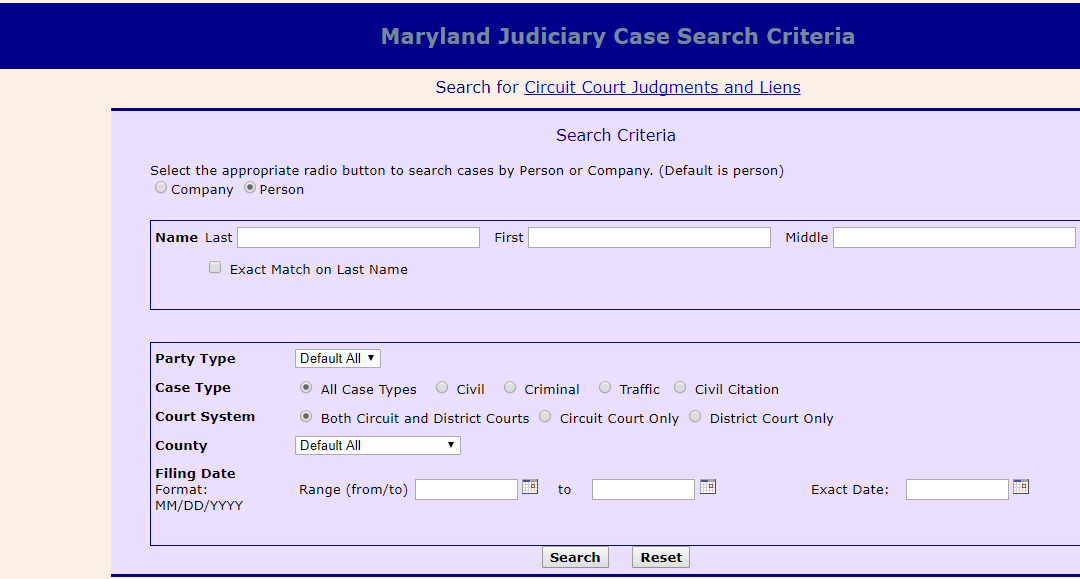

Presiding over then-seven-member court was the nation’s fourth Chief Justice, John Marshall.

22, 1819, in a courtroom in the basement of the U.S. Supreme Court, which began to hear arguments in the case on Feb. State officials won their case in the Maryland courts, which led the bank to appeal to the U.S. The state then sued McCulloch for $110, the penalty in the law for circulating unstamped banknotes in Maryland. In response, a cashier at the bank’s Baltimore branch, James W. In 1818, Maryland legislators passed a law imposing a stamp tax on currency issued by second Bank of the United States, in an effort to hinder it from doing business. Maryland Attempts to Tax the Second Bank of the United Statesīut there was still a lot of opposition. The new bank was one of the biggest companies in the nation, and its clout enabled it to control the interest rates that other banks could charge to borrowers. The new bank was much more far-reaching in scope than its predecessor, providing extensive credit to farmers and businesses and financing the shipping of goods and agricultural crops both to domestic and foreign markets. In 1816, Congress finally gave in, and the following year, the second Bank of the United States reopened in Philadelphia. Calhoun to advocate for creation of another federal bank. government again found itself heavily in debt, and private-sector financiers such as John Jacob Astor joined with politicians such as Rep. But the controversy over the bank continued, and when its charter came up for renewal in 1811, it was narrowly defeated in Congress.Īfter the War of 1812, however, the U.S. The new bank was a public-private institution, with the federal government initially owning $2 million of its stock and private investors holding the other $8 million. That same year, the first Bank of the United States opened in Philadelphia, and branches subsequently were established in Boston, New York, Baltimore, Charleston, Norfolk, Savannah, Washington, D.C. But in the end, Hamilton’s argument persuaded enough members of Congress to gain passage, and President George Washington signed the bill creating a national bank into law in 1791. Jefferson argued that the Constitution didn’t give the federal government the authority to form corporations such as banks. They also feared that it would favor financiers and merchants over farmers, who usually were debtors. Hamilton’s idea faced strong opposition from critics such as Thomas Jefferson, who were afraid that a federal bank would become a financial monopoly that undermined state banks. He also thought it could handle private-sector commercial transactions as well. He envisioned the bank issuing paper money, providing a safe place to keep public funds, collecting tax revenues, and paying government debts. Hamilton argued that a central, government-controlled financial institution, similar to the Bank of England, was important for stabilizing the young nation’s economy. As the Federal Reserve History website details, in 1790, the new nation’s first-ever Secretary of the Treasury, Alexander Hamilton, wrote a report for Congress in which he advocated creation of a federal bank. The controversy that led to the Supreme Court decision actually began several decades before the lawsuit was even filed. Maryland, Congress wouldn’t have been able to create the New Deal or Social Security in the 1930s, or enact legislation such as the Civil Rights Act of 1964 and the Patient Protection and Affordable Care Act in 2010. That decision made it possible for the federal government to expand dramatically over the next two centuries, and to take on responsibilities that the nation’s founders couldn’t have envisioned. But the decision carried a much larger significance, because it helped establish that the Constitution gave Congress powers that weren’t explicitly spelled out in the document. Maryland that Congress had the authority to establish a federal bank, and that the financial institution could not be taxed by the states.


 0 kommentar(er)
0 kommentar(er)
